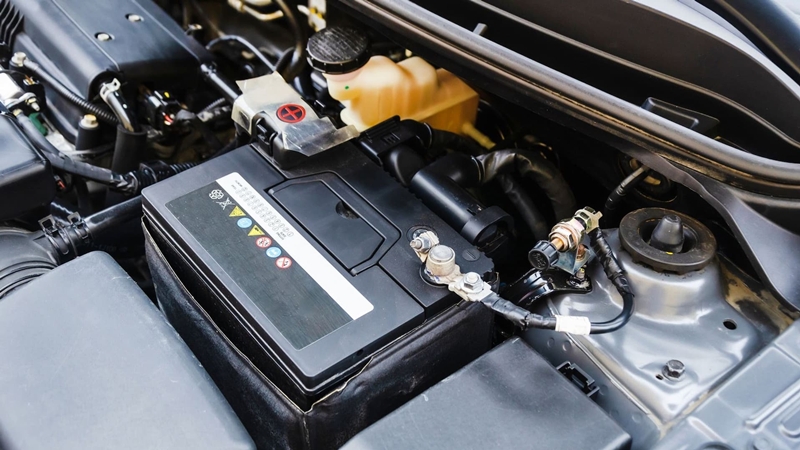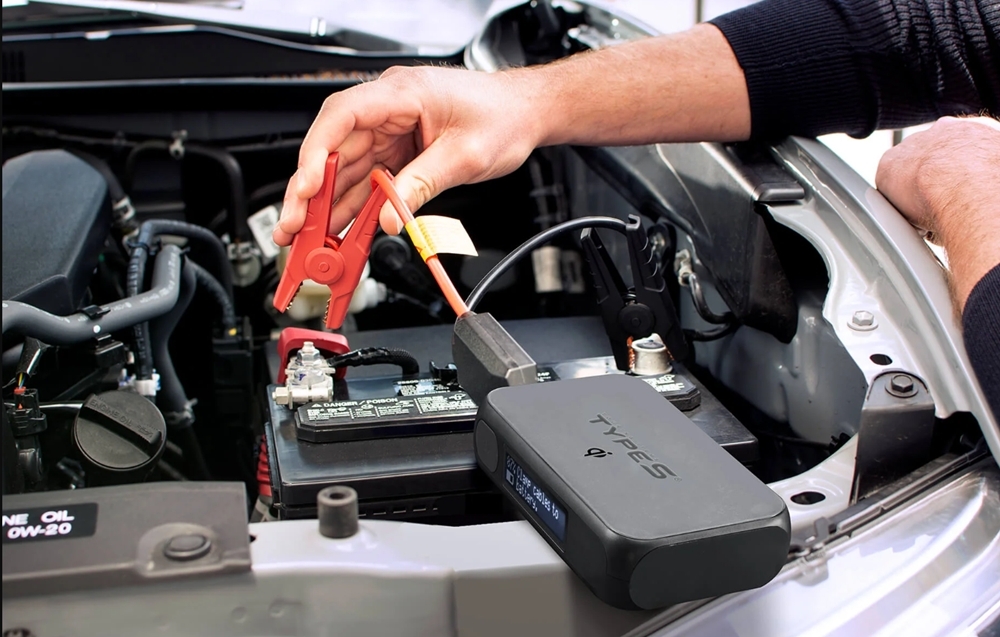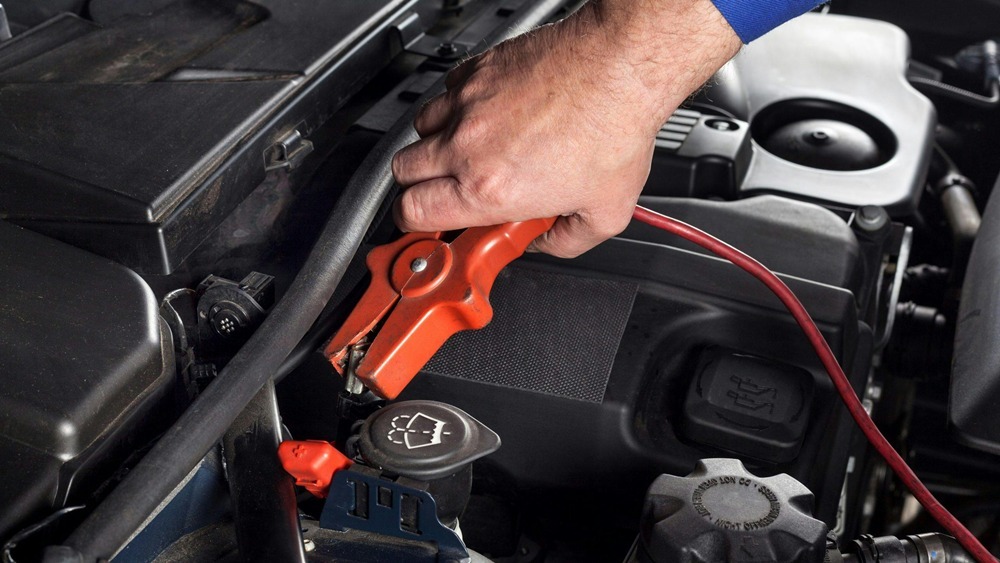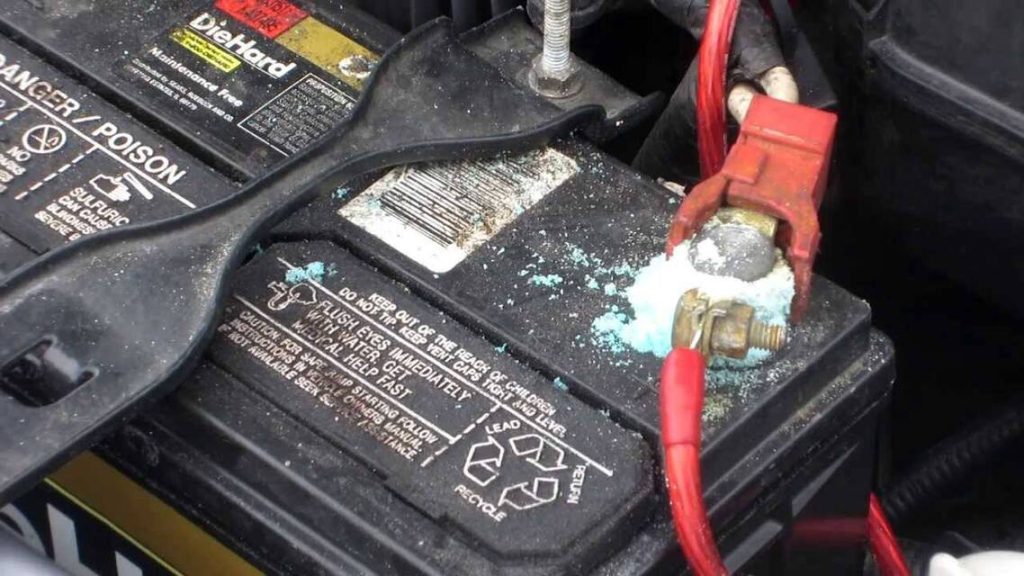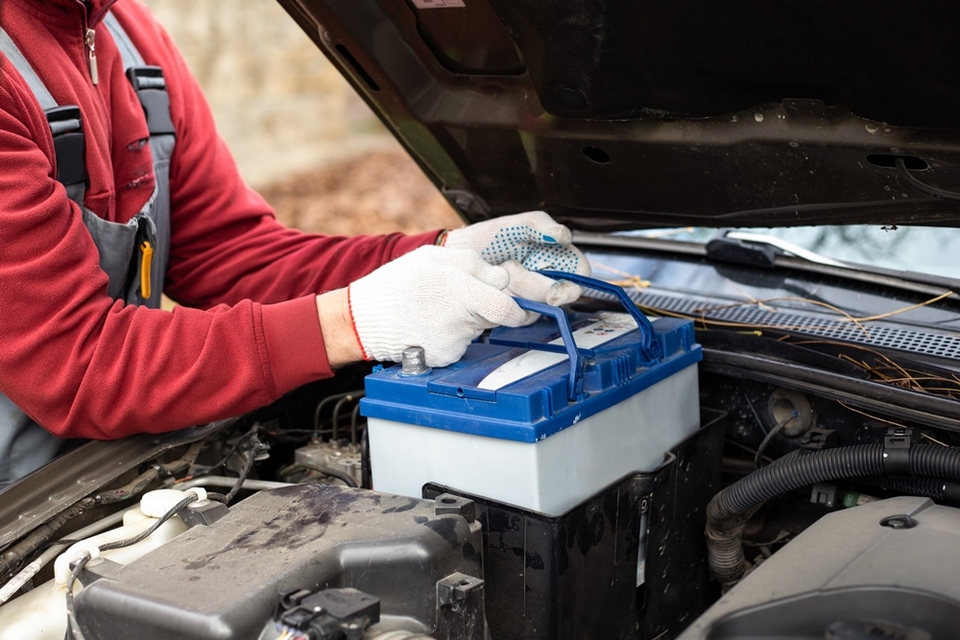In today’s world of advanced battery technologies, one question frequently arises among consumers and professionals alike: what is an absorbed glass mat battery? This innovative power storage solution has revolutionized how we think about reliable, maintenance-free energy storage across numerous applications.
What is an absorbed glass mat battery? Simply put, an absorbed glass mat battery, commonly known as an AGM battery, represents a significant advancement in lead-acid battery technology. Unlike traditional flooded batteries, absorbed glass mat batteries use a unique design where the electrolyte is absorbed into fiberglass mats, creating a sealed, spill-proof power source that delivers exceptional performance and longevity.
Table of Contents
Understanding AGM Battery Origins and Applications
The technology behind absorbed glass mat batteries emerged from the aerospace industry’s need for reliable, maintenance-free power sources. Today, these batteries have found their way into everything from automobiles and marine vessels to backup power systems and renewable energy installations. Understanding what is an absorbed glass mat battery and what makes it special requires examining its construction, benefits, and applications.
Also read: How Long Does a Car Battery Last? 7 Critical Signs You’re About to Get Stranded
7 Amazing Benefits of Absorbed Glass Mat Batteries
1. Maintenance-Free Operation
No need to check water levels or add distilled water – absorbed glass mat batteries are completely sealed and self-contained, making them perfect for hard-to-reach installations where regular servicing is impractical or impossible. If you’ve ever wondered what is an absorbed glass mat battery, this benefit alone highlights its convenience.
2. Superior Vibration Resistance
Tight compression of internal components prevents damage from shock and vibration, making them ideal for mobile applications like RVs, boats, and off-road vehicles where constant movement is expected. Another reason what is an absorbed glass mat battery often comes up in off-grid discussions is its rugged durability.
3. Spill-Proof & Safe Design
The absorbed electrolyte cannot leak or spill, allowing installation in various orientations and eliminating safety concerns about acid exposure in enclosed spaces or sensitive environments. This safety feature is one of the defining answers to what is an absorbed glass mat battery best known for.
4. Ultra-Low Self-Discharge Rate
AGM batteries maintain 80% of their capacity after 6 months of storage, making them excellent for seasonal equipment and emergency backup systems that may sit unused for extended periods.
5. Fast Charging Capability
AGM batteries accept charge 2-3 times faster than flooded batteries, significantly reducing downtime and improving efficiency in applications where quick turnaround is essential.
6. Excellent Deep-Cycle Performance
Can be safely discharged to 50% capacity (versus 20% for flooded batteries) without damage, making them perfect for renewable energy and marine applications requiring daily cycling.
7. Higher Power Output
Delivers more cranking amps than similar-sized traditional batteries, providing superior starting power and handling high electrical demands with ease in modern vehicles and equipment.
These seven advantages make understanding what is an absorbed glass mat battery even more important when choosing a reliable energy solution. Now let’s explore the technical innovations that make these benefits possible.
Also read: 7 Surprising Ways to Cut Your Car Battery Replacement Cost
The Science Behind AGM Battery Construction
To truly understand what is an absorbed glass mat battery, we must examine its internal structure. The core innovation lies in the separator system between the positive and negative plates. Instead of using liquid electrolyte that can slosh around or leak, what is an absorbed glass mat battery design employs ultra-thin fiberglass mats that absorb and hold the sulfuric acid electrolyte in place.
This absorbed glass mat acts like a sponge, maintaining contact between the electrolyte and the battery plates while preventing spillage. The fiberglass material is highly porous, allowing for excellent ion transfer between the plates while maintaining structural integrity. This design creates a valve-regulated lead-acid (VRLA) system that operates under slight internal pressure.
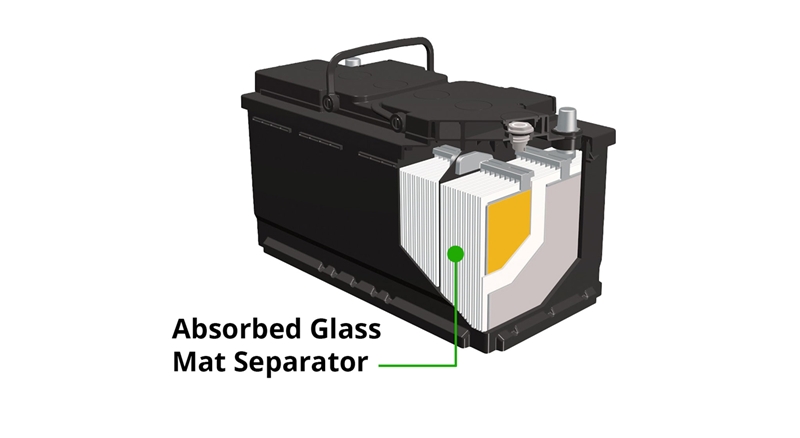
Advanced Plate Design and Material Construction
The plates themselves are typically made from high-purity lead or lead alloys, designed to maximize surface area for chemical reactions. The positive plates contain lead dioxide, while the negative plates are made of sponge lead. When exploring what is an absorbed glass mat battery construction, it’s crucial to note that the tight compression of these components creates a battery that can handle deep discharge cycles better than conventional alternatives.
Key Advantages of AGM Technology
1. When exploring what is an absorbed glass mat battery and its benefits, several standout features emerge. First, the sealed construction eliminates the need for regular maintenance. There’s no need to check water levels or add distilled water, making these batteries ideal for applications where regular servicing is impractical or impossible.
2. AGM batteries also demonstrate superior vibration resistance compared to flooded batteries. The tight compression of internal components prevents damage from shock and vibration, making them perfect for mobile applications like RVs, boats, and off-road vehicles. This durability factor is often overlooked when people first ask what is an absorbed glass mat battery.
3. Another significant advantage is the low self-discharge rate. AGM batteries can sit unused for months without losing substantial charge, typically maintaining 80% of their capacity after six months of storage. This characteristic makes them excellent for seasonal equipment or emergency backup systems.
4. The sealed design also means absorbed glass mat batteries can be installed in various orientations without risk of electrolyte spillage. However, they should not be installed completely upside down, as this can affect the internal pressure regulation system.
Performance Characteristics and Specifications

Understanding what is an absorbed glass mat battery requires examining these performance metrics. AGM batteries typically deliver higher cranking amps than similar-sized flooded batteries, making them excellent for high-demand applications. They can also handle deeper discharge cycles, typically allowing discharge to 50% capacity without significant damage, compared to 20% for flooded batteries.
Charging Speed and Performance Benefits
The charging characteristics of absorbed glass mat batteries are particularly noteworthy. They accept charge more readily than other lead-acid technologies, often charging 2-3 times faster than flooded batteries. This rapid charging capability is especially valuable in applications where downtime must be minimized.
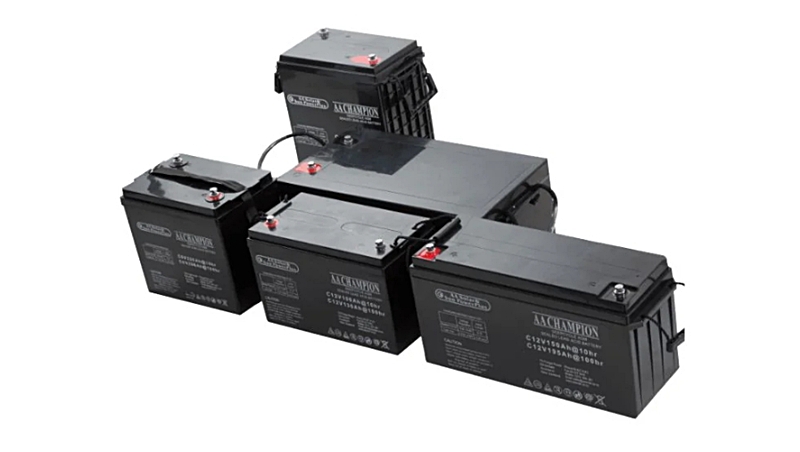
Common Applications and Use Cases
When people ask what is an absorbed glass mat battery, they’re often curious about where these batteries are used. The automotive industry has widely adopted AGM technology, particularly in vehicles with start-stop systems, hybrid vehicles, and luxury cars with high electrical demands. The battery’s ability to handle frequent cycling makes it ideal for these applications.
Marine applications represent another major use case when considering what is an absorbed glass mat battery. Boats require reliable power for navigation equipment, lighting, and pumps, often in challenging environments with constant vibration and potential for corrosion. The sealed design of absorbed glass mat batteries eliminates concerns about acid spillage that could damage sensitive marine electronics or create safety hazards.
Renewable energy systems, particularly solar and wind installations, benefit significantly from AGM battery technology. These systems require batteries that can handle daily charge and discharge cycles while maintaining performance over many years. The deep-cycle capabilities of absorbed glass mat batteries make them well-suited for energy storage applications.
Critical Application Areas for AGM Batteries
Emergency backup systems in hospitals, data centers, and telecommunications facilities rely heavily on AGM batteries. The maintenance-free operation and reliable performance make them ideal for critical applications where power interruption could have serious consequences.
Charging Requirements and Best Practices
Proper charging is crucial for maximizing the lifespan and performance of any absorbed glass mat battery. Understanding what is an absorbed glass mat battery includes knowing how to charge it correctly. AGM batteries require specific charging voltages and current limitations to prevent damage and ensure optimal performance.
The recommended charging voltage for most AGM batteries ranges from 14.4 to 14.8 volts for 12-volt systems. This voltage range allows for complete charging without overcharging, which can damage the internal structure. Many modern chargers have specific AGM settings that automatically adjust voltage and current based on battery condition.
Temperature Compensation and Charging Current
Temperature compensation is another critical factor in what is an absorbed glass mat battery charging. As temperature decreases, the charging voltage should increase slightly to maintain proper charging rates. Conversely, higher temperatures require reduced charging voltages to prevent overcharging and potential thermal runaway.
When asking what is an absorbed glass mat battery capable of in demanding environments, proper charging current plays a key role. The charging current should typically not exceed 25% of the battery’s amp-hour capacity. For example, a 100 amp-hour AGM battery should not be charged at rates exceeding 25 amps. This limitation helps preserve the internal structure and prevents excessive heat buildup during charging.
Maintenance and Care Guidelines
One of the most attractive features when considering what is an absorbed glass mat battery is the minimal maintenance required. Unlike flooded batteries that need regular water additions and terminal cleaning, AGM batteries are essentially maintenance-free. However, some basic care practices can significantly extend their lifespan.
Regular visual inspections should check for physical damage, corrosion on terminals, and secure mounting. While AGM batteries don’t require water additions, keeping terminals clean and properly tightened ensures optimal electrical connections and performance.
Temperature management plays a crucial role in absorbed glass mat battery longevity. These batteries perform best in moderate temperatures, typically between 60–80°F. Extreme heat accelerates internal chemical reactions and can shorten battery life, while extreme cold reduces capacity and performance. If you’re maintaining one for the first time and wondering what is an absorbed glass mat battery care routine like, this basic upkeep can go a long way in maximizing its life.
Optimizing Battery Life and Performance
Avoiding deep discharge situations whenever possible helps maximize battery life. While AGM batteries handle deep cycling better than flooded batteries, regularly discharging below 50% capacity will gradually reduce overall lifespan. Using battery monitoring systems can help track state of charge and prevent over-discharge situations.
Cost Analysis and Value Proposition
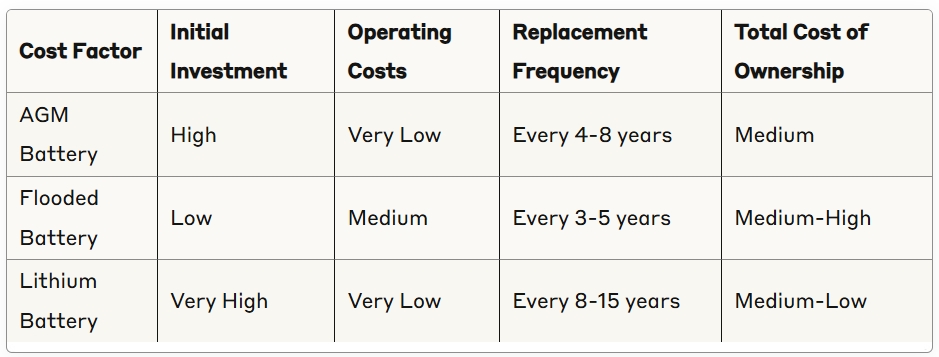
When evaluating what is an absorbed glass mat battery from a financial perspective, the initial cost is typically higher than conventional flooded batteries but lower than lithium alternatives. However, the total cost of ownership often favors absorbed glass mat battery technology when maintenance costs and replacement frequency are considered.
Financial Benefits for Commercial Applications
The labor savings from reduced maintenance can be substantial in commercial applications. Fleet operators, for instance, save significant time and money by not having to regularly service batteries. This advantage becomes more pronounced in remote installations where accessing batteries for maintenance is difficult or expensive.
For organizations asking what is an absorbed glass mat battery worth in a financial sense, the answer lies in both efficiency and reliability. AGM batteries also provide value through improved reliability and reduced downtime. In critical applications, the cost of power failure often far exceeds the additional investment in premium battery technology. This reliability factor makes what is an absorbed glass mat battery a key consideration for mission-critical commercial operations.
Environmental Considerations and Recycling
Understanding what is an absorbed glass mat battery includes recognizing its environmental impact. AGM batteries are highly recyclable, with over 95% of their materials recoverable through proper recycling processes. The lead, plastic, and acid components can all be reclaimed and reused in new battery production.
The sealed design of absorbed glass mat batteries reduces the risk of environmental contamination compared to flooded batteries. There’s no risk of acid spillage during normal operation, and the reduced maintenance requirements mean fewer service-related environmental risks.

Sustainability and Lifecycle Benefits
AGM batteries also contribute to environmental sustainability through their longer lifespan and reduced replacement frequency. Fewer batteries in landfills and reduced manufacturing requirements help minimize the overall environmental footprint of battery-powered systems.
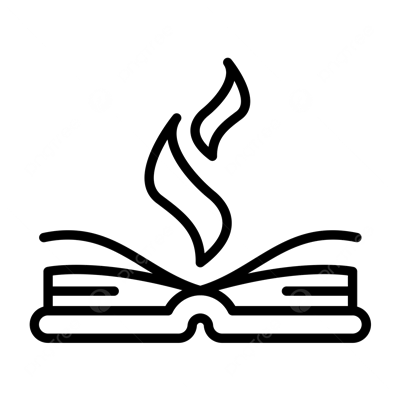
Common Myths About AGM Batteries
Myth 1: AGM batteries don’t need any maintenance
While absorbed glass mat batteries are maintenance-free regarding water additions, they still benefit from regular inspections, proper charging, and terminal maintenance. Understanding what is an absorbed glass mat battery means recognizing that “maintenance-free” doesn’t mean “ignore completely.”
Myth 2: All AGM batteries are identical
AGM technology varies significantly between manufacturers and applications. Some are optimized for starting applications, others for deep cycling, and some for hybrid use. The internal construction, plate design, and electrolyte formulation can differ substantially.
Myth 3: AGM batteries can be charged with any charger
AGM batteries require specific charging profiles for optimal performance and longevity. Using incorrect charging voltages or currents can damage the battery or significantly reduce its lifespan.
Myth 4: AGM batteries work well in all temperatures
While AGM batteries perform better than flooded batteries in various temperatures, extreme heat or cold still affects their performance and lifespan. Temperature management remains important for optimal operation.
Myth 5: AGM batteries never fail
Like all battery technologies, AGM batteries can fail due to manufacturing defects, abuse, or end-of-life conditions. Regular monitoring and proper care are still necessary to ensure reliable operation.
Comparing AGM to Other Battery Technologies
When examining what is an absorbed glass mat battery in context, it’s helpful to compare it with alternative technologies. Lithium batteries offer superior energy density and longer lifespans but at significantly higher initial costs. They’re also more sensitive to temperature extremes and require sophisticated battery management systems.
Gel batteries share many characteristics with AGM batteries but use a different electrolyte immobilization method. Gel batteries typically handle deeper discharges better but charge more slowly and are more sensitive to overcharging. They also cost more than AGM batteries in most applications.
Traditional flooded batteries remain the most economical option for many applications but require regular maintenance and can’t match the versatility of AGM technology. They’re also more prone to damage from vibration and can’t be used in enclosed spaces without proper ventilation.
Choosing the Right Battery Technology
The choice between technologies often depends on specific application requirements, cost constraints, and maintenance capabilities. What is an absorbed glass mat battery’s role in this landscape? AGM batteries represent an excellent middle ground, offering many advantages of advanced technologies while remaining more affordable than premium alternatives.
Future Developments in AGM Technology
The evolution of absorbed glass mat battery technology continues as manufacturers work to improve performance, reduce costs, and extend lifespans. Advanced plate designs, improved separator materials, and enhanced electrolyte formulations are areas of ongoing development. These innovations are driving the next wave of answers to the question: what is an absorbed glass mat battery evolving into?
Smart battery integration is becoming increasingly common, with built-in monitoring systems that track battery health, charge status, and performance metrics. These systems can communicate with charging systems and load management devices to optimize battery operation automatically.
Enhanced Recycling and Hybrid Technologies
Enhanced recycling processes are also being developed to recover more materials from end-of-life batteries and reduce the environmental impact of battery production. These improvements make AGM technology increasingly sustainable and cost-effective.
Research into hybrid technologies that combine AGM principles with other battery chemistries may lead to even better performance characteristics in the future. However, if you’re still wondering what is an absorbed glass mat battery likely to offer long-term, the answer lies in its proven reliability and enduring value.

Troubleshooting Common AGM Battery Issues
Understanding what is an absorbed glass mat battery includes knowing how to diagnose and resolve common problems:
Reduced Capacity or Runtime
- Check charging system voltage (should be 14.4-14.8V for 12V systems)
- Verify proper charging current (not exceeding 25% of amp-hour rating)
- Test with multimeter after full charge (should read 12.6V+ at rest)
- Consider battery age and cycle count
Slow Charging
- Ensure charger is AGM-compatible with proper voltage settings
- Check for sulfation buildup from prolonged discharge
- Verify connections are clean and tight
- Monitor charging temperature (excessive heat indicates problems)
Premature Failure
- Review discharge patterns (avoid regular deep discharge below 50%)
- Check mounting security (vibration can damage internal components)
- Verify proper ventilation and temperature control
- Assess charging system compatibility
AGM Battery Sizing Calculator Guide
Proper sizing is crucial for optimal performance. Here’s how to calculate your needs:
Step 1: Calculate Total Daily Energy Consumption
- List all devices and their power consumption (watts)
- Multiply by daily usage hours
- Add 20% safety margin
Step 2: Determine Required Battery Capacity
- Divide total daily consumption by system voltage
- Multiply by desired backup days
- Account for depth of discharge (multiply by 2 for 50% DOD)
Environmental Factors in Battery Sizing
Step 3: Consider Environmental Factors
- Cold weather reduces capacity by 10-20%
- High temperatures accelerate aging
- Frequent cycling requires higher capacity rating
Example Calculation:
- Daily consumption: 1,200 watt-hours
- System voltage: 12V
- Backup days: 2
- Required capacity: (1,200 ÷ 12) × 2 × 2 = 400 amp-hours
Installation Best Practices
Location Requirements:
- Dry, well-ventilated area (despite sealed design)
- Temperature range: 32°F to 80°F (0°C to 27°C)
- Away from heat sources and direct sunlight
- Accessible for inspection and maintenance
Mounting Considerations:
- Use appropriate battery box or tray
- Secure against vibration and movement
- Allow adequate spacing between batteries
- Never mount completely upside down
Electrical Connection Guidelines
Electrical Connections:
- Use proper gauge cables (consult manufacturer specifications)
- Apply dielectric grease to terminals
- Torque connections to specification (typically 100-120 in-lbs)
- Install fuses or circuit breakers for safety
Seasonal Storage Tips
Preparing for Storage:
- Fully charge battery before storage
- Clean terminals and apply protectant
- Store in cool, dry location
- Disconnect all loads
During Storage:
- Check voltage monthly (should stay above 12.4V)
- Recharge if voltage drops below 12.4V
- Maintain storage temperature between 32-80°F
- Avoid freezing temperatures for discharged batteries
Post-Storage Activation:
- Inspect for physical damage
- Clean terminals if necessary
- Perform full charge cycle
- Test capacity before putting into service

FAQ: What Is An Absorbed Glass Mat Battery
-
How long do AGM batteries typically last?
AGM batteries typically last 4-8 years depending on application, usage patterns, and maintenance. Deep-cycle AGM batteries used in renewable energy systems may last longer with proper care, while starting batteries in high-demand automotive applications may have shorter lifespans.
-
Can I replace a flooded battery with an AGM battery?
In most cases, yes. AGM batteries are direct replacements for flooded batteries of the same size and voltage. However, you may need to adjust charging parameters if your charging system has adjustable settings for different battery types.
-
Are AGM batteries safe to use indoors?
Yes, AGM batteries are sealed and don’t emit gases during normal operation, making them safe for indoor use. However, they should still be installed in ventilated areas and protected from extreme temperatures.
-
What happens if I overcharge an AGM battery?
Overcharging can damage AGM batteries by causing excessive heat buildup and potentially damaging the internal structure. Modern smart chargers help prevent overcharging by automatically adjusting charge rates based on battery condition.
-
Can AGM batteries freeze?
AGM batteries are less likely to freeze than flooded batteries because the electrolyte is absorbed in the glass mats. However, extreme cold can still affect performance and capacity. A fully charged AGM battery can typically withstand freezing temperatures better than a discharged one.
-
Do AGM batteries work with solar systems?
Yes, AGM batteries are excellent for solar energy storage systems. Their deep-cycle capabilities and ability to handle daily charge/discharge cycles make them well-suited for renewable energy applications.
Get Your Free AGM Battery Checklist
Ready to make the most of your AGM battery investment? Download our comprehensive AGM Battery Selection & Maintenance Checklist – a practical guide that includes:
- Pre-purchase selection criteria
- Step-by-step installation checklist
- Monthly maintenance schedule
- Troubleshooting quick reference
- Battery sizing calculator
- Seasonal storage guide
- Safety reminders and emergency contacts
- Maintenance log templates
This valuable resource ensures you select the right battery for your needs and maintain it properly for maximum lifespan and performance. Simply bookmark this page and save the checklist for offline reference!
Final Thoughts: What Is An Absorbed Glass Mat Battery
Understanding what is an absorbed glass mat battery reveals a technology that has revolutionized energy storage across numerous applications. From automotive starting systems to renewable energy storage and emergency backup power, AGM batteries offer a compelling combination of performance, reliability, and convenience.
The sealed, maintenance-free design addresses many of the traditional challenges associated with lead-acid batteries while providing excellent performance characteristics. While the initial cost may be higher than conventional alternatives, the total cost of ownership often favors AGM technology when maintenance savings and extended lifespan are considered.
As battery technology continues to evolve, AGM batteries will likely remain an important option for many applications. Their proven reliability, reasonable cost, and excellent performance characteristics ensure they’ll continue to play a significant role in our energy storage needs. Whether you’re researching what is an absorbed glass mat battery for automotive, marine, renewable energy, or backup power applications, understanding their capabilities and requirements will help you make an informed decision that meets your specific needs.
Also read: Need a mobile mechanic? Find one on the Mobile Mechanic Directory
The question “what is an absorbed glass mat battery” encompasses not just the technical aspects of the technology, but also its practical benefits and real-world applications. As we’ve explored throughout this comprehensive guide, what is an absorbed glass mat battery represents a mature, reliable technology that continues to serve diverse energy storage needs across multiple industries and applications.
When evaluating what is an absorbed glass mat battery for your specific needs, consider factors like application requirements, environmental conditions, maintenance capabilities, and budget constraints. With proper selection, installation, and care, what is an absorbed glass mat battery can provide years of reliable service while delivering the performance and convenience that make AGM technology so popular across diverse applications.
Understanding what is an absorbed glass mat battery ultimately comes down to recognizing a technology that bridges the gap between traditional lead-acid batteries and premium alternatives like lithium. What is an absorbed glass mat battery in today’s market? It’s a proven, reliable solution that offers enhanced performance, reduced maintenance, and improved safety for countless applications where dependable power storage is essential.

